
Factors that influence soil formation in Indian Conditions
Subscribe to Never Miss an Important Update! Assured Discounts on New Products!
Must Join PMF IAS Telegram Channel & PMF IAS History Telegram Channel
Last updated on April 22, 2024 6:30 PM
Soil formation in Indian Conditions – Factors that influence soil formation: Parent Material – Gondwana rocks & Deccan basalts, Relief, Climate & Natural Vegetation.
Factors that influence soil formation in Indian Conditions
- Parent Material
- Relief
- Climate
- Natural Vegetation

Parent Material
- The rocks from which soils are formed are called parent materials.
- In most of the cases, the parent material determines the colouration, mineral composition and texture of the soil.
- In some cases, the soil formed may or may not have the same physical properties of the parent rock.
- Climatic factors induce chemical changes which also affect physical properties of the soil.
- The surface rocks are exposed to the process of weathering. In this process, the rocks are converted into fine grains and provide a base for the soil formation.
- In Indian Conditions, parent material is generally categorized into:
- Ancient crystalline and metamorphic rocks
- Cuddapah and Vindhyan rocks
- Gondwana rocks
- Deccan basalts
- Tertiary and Mesozoic sedimentary rocks of extra peninsular India {Rock System}
Ancient crystalline and metamorphic rocks
- They are the Oldest rocks [(pre-Cambrian era)(formed due to solidification of molten magma about 4billion years ago)].
- They form the ‘Basement Complex’ of peninsular India.
- They are basically granites, gniesses and schists.
- These rocks are rich in ferromagnetic materials and give rise to red soils on weathering.
- The red colour of these soils is due to the presence of iron oxide.
Cuddapah and Vindhyan rocks
- They are ancient sedimentary rocks (4000 m thick).
- On weathering they give calcareous [containing calcium carbonate; chalky] and argillaceous [consisting of or containing clay] soils.
- The soil is mostly devoid of metalliferous minerals.
Gondwana rocks
- These rocks are also sedimentary in nature and they are much younger.
- On weathering they give rise to comparatively less mature soils.
- The soil is more or less of uniform character but of low fertility.
Deccan basalts
- Volcanic outburst over a vast area of the Peninsular India many hundred million years ago gave rise to Deccan Traps.
- Basaltic lava flowed out of fissures covering a vast area of about ten lakh sq km.
- Basalts are rich in titanium, magnetite, aluminium and magnesium.
- Consequently the weathering of these rocks has given rise to soils of darker colour.
- The is fertile with high moisture holding capacity and is popularly known as ‘regur’ or black cotton soil.
Tertiary and Mesozoic sedimentary rocks
- Rocks of extra peninsular (plains and Himalayas) India have given rise to soils with high porosity.
- These soils are generally immature recent and sub recent rocks, result in alluvial soils on weathering.
- Alluvial fertile soils consist of fine silts and clay. These soils have little relation with the original rocks.
- On the other hand, the soils of peninsular plateau are generally coarse-grained and are closely related to the parent rocks. The peninsular soils are generally less fertile.
Relief
- The relief is the most important factor for soil formation in places with steep slopes like the hilly regions, edges of plateaus etc.
- Soil erosion on barren slopes is rampant and it hinders soil formation. Example: Chambal ravines, higher reaches of Himalayas where there is minimal or no forest cover (most on the steep southern slopes) etc.
- The areas of low relief or gentle slope generally experience deposition and have deep soils. Example: Indo-Gangetic plain.
- The exceptions in the plateau are river basins where the soil layers are sufficiently deep.
Climate
- Temperature and rainfall are the most important factors in soil formation.
- They determine the effectiveness of weathering of the parent material, the quantity of water seeping through the soil and the type of micro-organisms present therein.
- Two different parent materials may develop the same soil in the same type of climate. Similarly, the same parent material may produce two different types of soils in two different types of climates.
- The crystalline granites produce laterite soil in relatively moist parts of the monsoonal region and non-laterite soil in drier areas.
- Hot summer and low rainfall develops black soil as is found in some parts of Tamil Nadu irrespective of the parent rock.
- In Rajasthan, both granite and sandstone give birth to sandy soil under arid climate.
- In arid and semi-arid regions, evaporation always exceeds precipitation. There is little vegetation and the soils badly lack humus content. Hence the soils are invariably of light colour.
- In Rajasthan and the adjoining arid and semi-arid regions, excess of evaporation makes soils lime accumulating. Hence the soil is pedocal in nature [Pedocal is a subdivision of the zonal soil order. It is a class of soil which forms in semiarid and arid regions. It is rich in calcium carbonate and has low soil organic matter].
- In cold climates of the Himalayan region, the process of vegetation decay is very slow and the soils are acidic in nature.
In areas of heavy rainfall and high temperature, the soils are red or lateritic. Why?
- Torrential rainfall during the rainy season washes the upper soil and leaches the materials into deeper horizon.
- During the dry summer season the evaporation exceeds precipitation and through capillary action iron and aluminium oxides are transported to the surface making the soil red.
- In areas of alternate wet and dry climate, the leached material which goes deep down in the horizon is brought up and the blazing sun bakes the top soil so hard that it resembles a brick. Therefore, this soil is called lateritic which literally means brick.
Natural Vegetation
- Natural vegetation reflects the combined effects of relief and climate.
- The formation and development of soil is very much influenced by the growth of vegetation.
- The decayed leaf material adds much needed humus to soil thereby increasing its fertility.
- The densely forested areas contain some of the best soils in India. There is a close relationship between the vegetation types and soil types in India.
Primary References: NCERT Geography, Indian Geography by Kullar [Amazon and Flipkart]
Last updated on April 22, 2024 6:30 PM





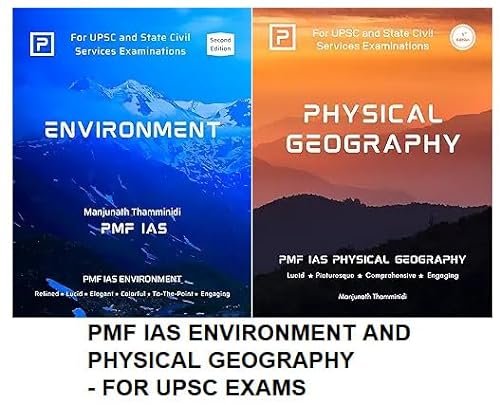
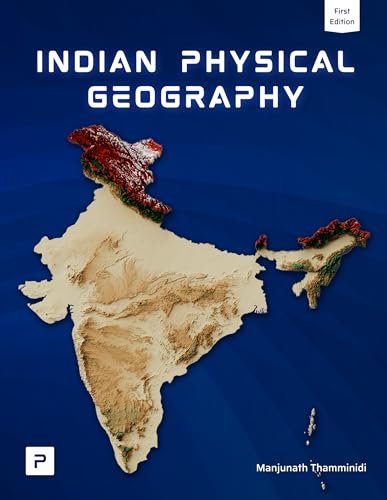
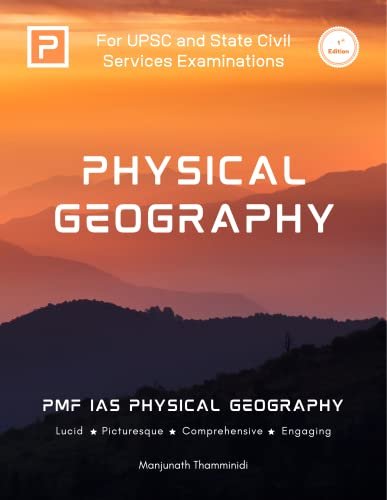
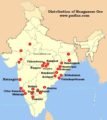
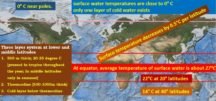
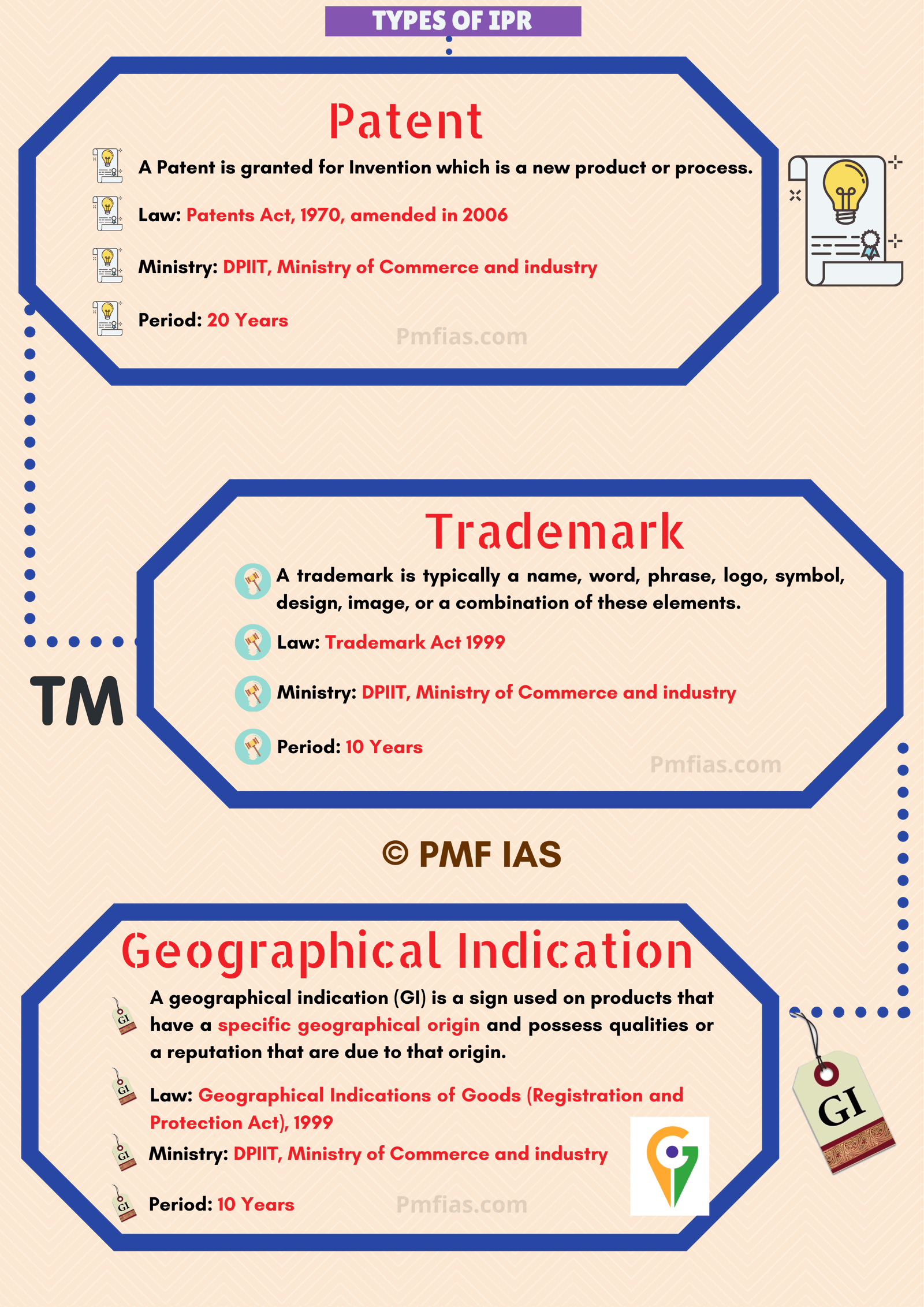


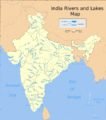
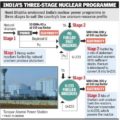





The concepts of soil becomes easy now….tonnes of thanks☺
sir please mention in primary references which geography NCERT is used.
thank you for your efforts.
sir
one of the factor “time” to influence formation of soil is not explained.